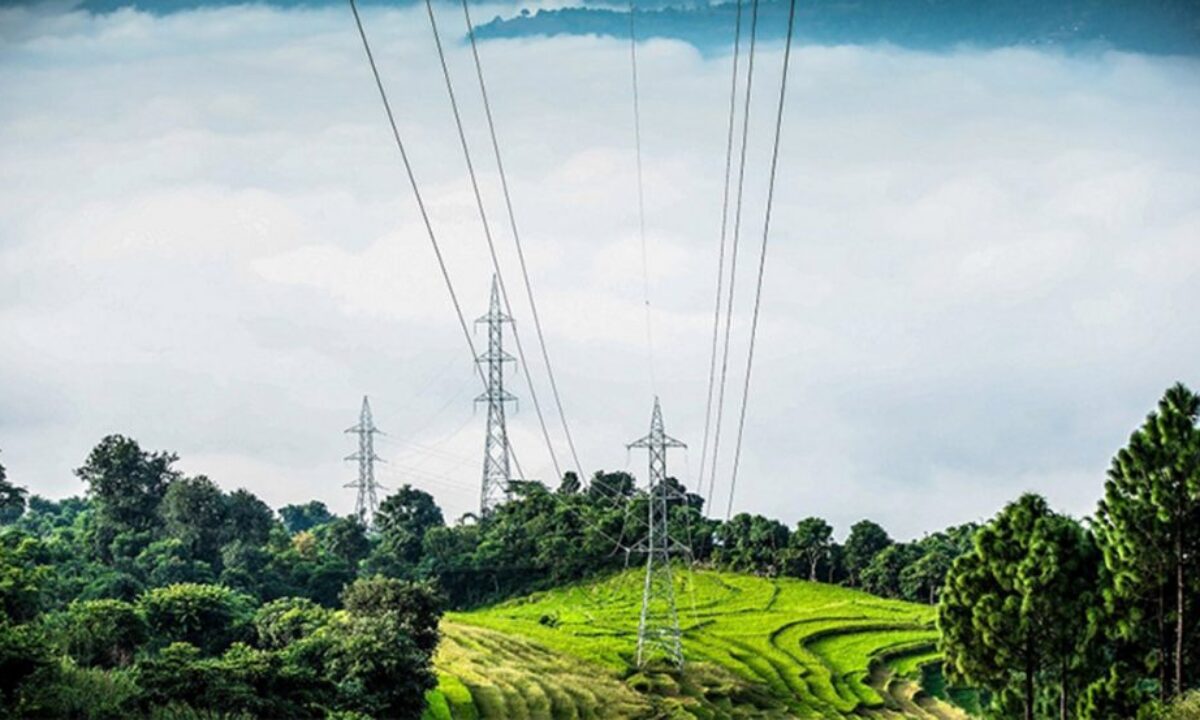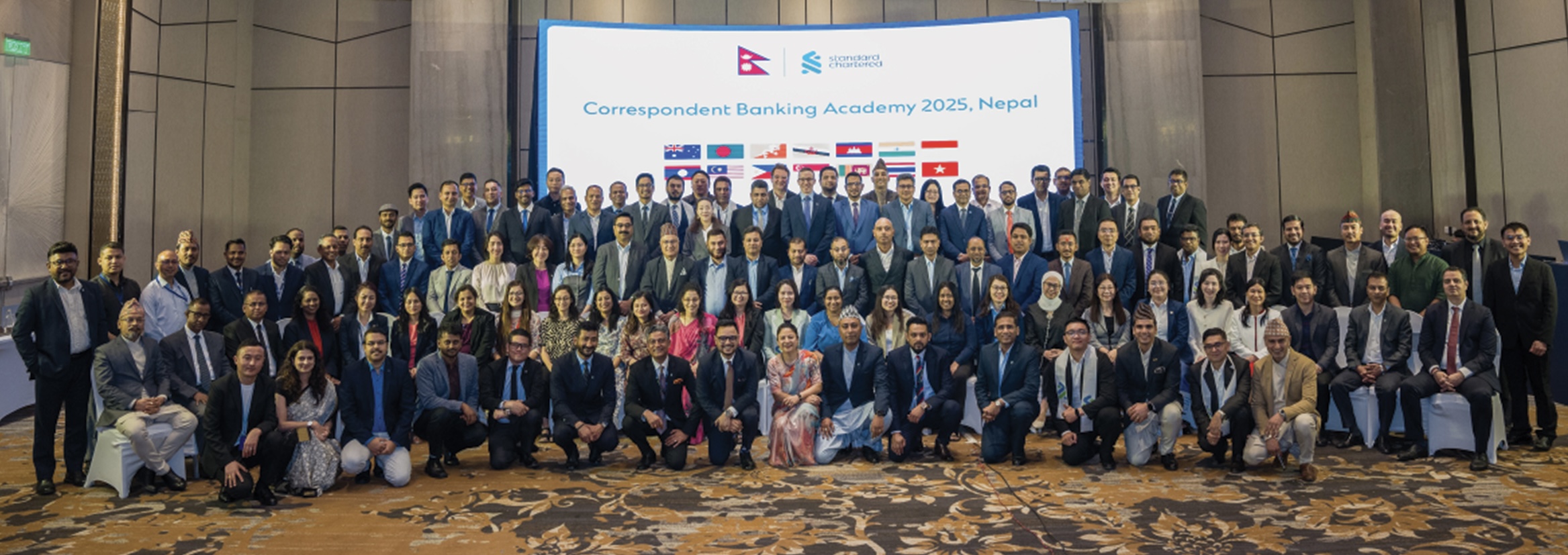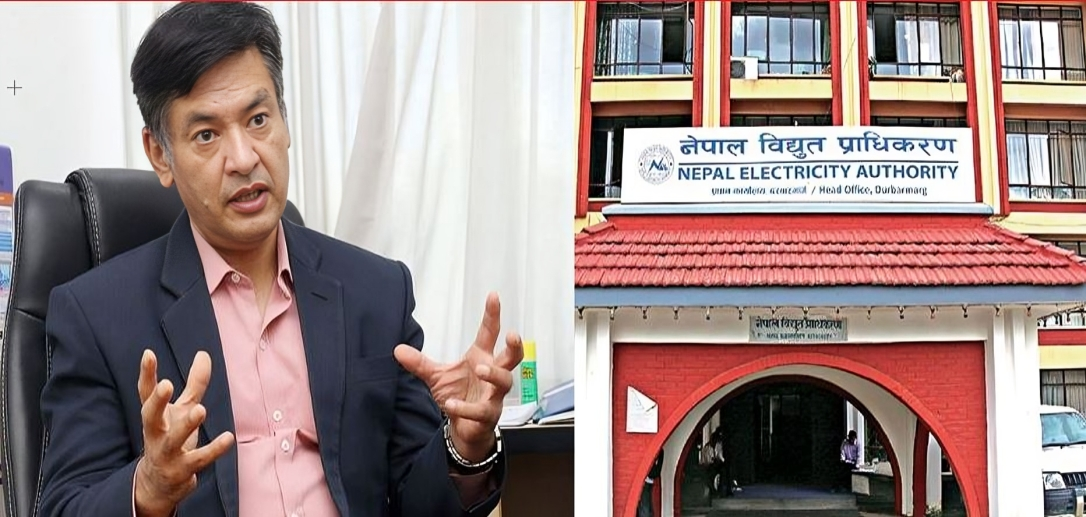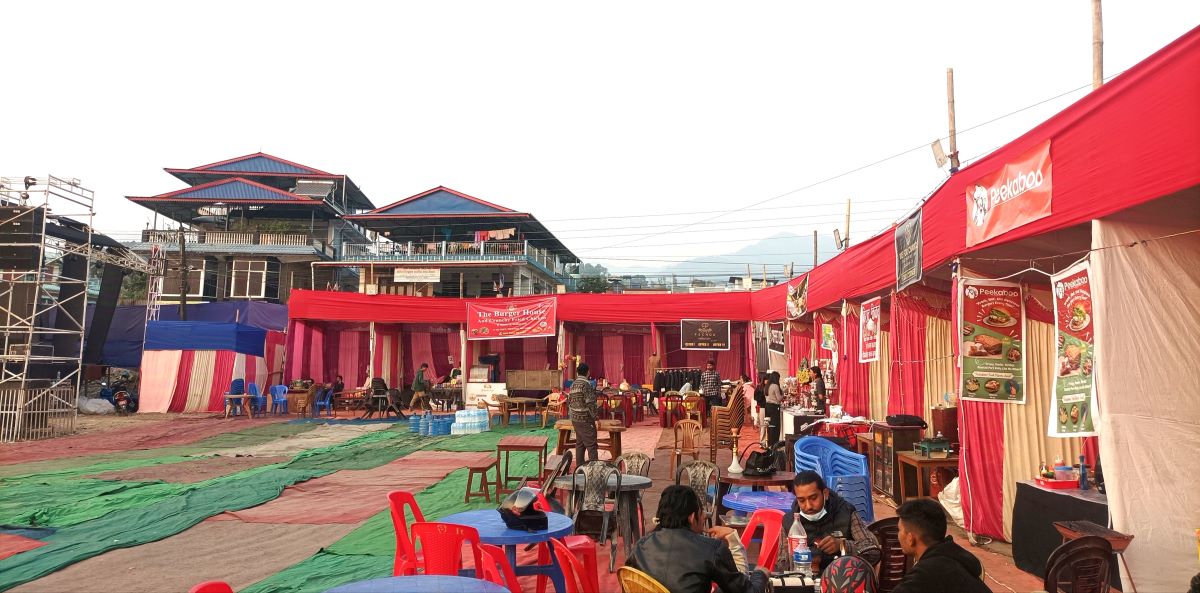This is why MCC transmission line seems crucial

KATHMANDU: FEB. 9 – Power production in Nepal is gradually increasing. So far, projects generating 2,900 megawatts of electricity have been connected to the Nepal Electricity Authority (NEA)’s system.
Three projects with a capacity of 3,500 megawatts are being developed while projects of 9,000 megawatts capacity are in the pipeline.
Despite good progress in power production, challenges remain for transporting it from one place to another due to the lack of a transmission system.
According to NEA Executive Director Kulman Ghising, the construction of the transmission line and its tower has become like a project. The works to construct the transmission line have turned like a ‘Herculean task’ due to numerous complexities and hurdles.
The growing urbanization in the Kathmandu Valley has led to rising demand for electricity every year. But the existing transmission system seems not able to cope with the demand, suggesting a dire need for an alternative transmission system.
Bearing this fact in mind, the government some time ago introduced the project to construct a 400-KV transmission line from Nanglebhare of Kathmandu to Ratmate of Nuwakot. The project is to be implemented as per the NEA’s master plan. The transmission will spread to Nawalparasi via Tanahu and towards Hetauda as well.
The total 312 kilometers long transmission system that is considered to be the backbone for the Kathmandu Valley, will link major cities like Pokhara, Hetauda, Narayangadh and Butwal.
Three substations will be constructed at Lapsiphedi, Ratamata and Damauli with a USD 400 million grant to be provided under the Millennium Challenge Corporation (MCC). The substation at Ratamata in Nuwakot district will connect to the proposed 400 KV Rasuwagadhi-Kerung transmission line.
Similarly, the proposed 400 KV Butwal-Gorakhpur transmission line will link with the 22 kilometers inter-country transmission line of Nepal and India.
This project is essential in constructing transmission lines to transport electricity within the country and export it to neighbouring India, said Prakash Dulal, member of the central executive committee of the Independent Power Producers’ Association, Nepal (IPPAN).
Risk of investment going to the drain
The electricity generated from projects in the Tamakosi and Bhotekosi corridors would be connected through this transmission line. Similarly, the power from most of the hydroelectricity projects which are under construction or are preparing for construction in the river corridors of Rasuwa and Nuwakot would be connected to this grid.
Energy entrepreneur Gyanendra Lal Pradhan said this transmission line is more significant also because the projects with more than 3,000 megawatts capacity which are under construction at present are being constructed in locations around it.
Pradhan said the transmission line should be constructed without any confusion since the investment of the government and the private sector would go to ruins, the banks and financial institutions will also be economically bankrupt and the country itself will be in an economic crisis in its absence.
The private sector has put in investment worth around Rs 60 billion in projects around this transmission line alone.
Pradhan emphasized that this transmission line is necessary also for transmitting electricity generated from the under-construction and ready for construction projects to the urban areas with high electricity demand and for exporting power to India and Bangladesh as well.
Similarly, the electricity to be generated from projects being built in the Budhigandaki and Kaligandaki corridors is to be connected to the same transmission line.
The US assistance project, Millennium Challenge Corporation, is investing in this transmission line considered important in terms of carrying electricity from the production sites to places where there is demand for it.
This transmission line will be of assistance in transmitting surplus power here to the market in India and Bangladesh as well since it is also to be connected to the proposed Nepal-India second inter-country transmission line.
Nepal and India have reached a memorandum of understanding for the construction of the 400-KV capacity New Butwal Gorakhpur Inter-country Transmission Line with equal investment.
As per the government data, although there is the feasibility of producing around 83 thousand megawatts of power in Nepal, only two per cent of this or 2,100 megawatts of power is being produced in the country at present.
Projects with a capacity of generating 610 megawatts are under construction from the government sectors while projects with a capacity of producing 3,506 megawatts of power are under construction from the private sector at present.
Likewise, the power purchase agreement (PPA) has been concluded for projects with a capacity of 2,141 megawatts from the private sector and these projects are under construction phase.
Power installation agreement has been concluded for projects of a total of 1,852 megawatts capacity and they are waiting for PPA, it is said.
-Ramesh Lamsal










